The basalt fiber market is currently characterized by a dynamic competitive landscape, driven by increasing demand for lightweight, high-strength materials across various industries, including construction, automotive, and aerospace. Key players such as Kamenny Vek (US), Basalt Fiber Tech (US), and BASF (US) are strategically positioning themselves through innovation and regional expansion. For instance, Kamenny Vek (US) has focused on enhancing its production capabilities to meet the growing demand for basalt fiber composites, while Basalt Fiber Tech (US) emphasizes partnerships with construction firms to integrate basalt fiber into sustainable building practices. These strategies collectively contribute to a competitive environment that is increasingly focused on technological advancement and sustainability.
In terms of business tactics, companies are localizing manufacturing to reduce lead times and optimize supply chains. The market structure appears moderately fragmented, with several players vying for market share. However, the influence of key players is significant, as they leverage their resources to innovate and capture emerging opportunities. This competitive structure fosters an environment where collaboration and strategic alliances are becoming essential for success.
In November 2025, BASF (US) announced a partnership with a leading automotive manufacturer to develop basalt fiber-reinforced components aimed at reducing vehicle weight and enhancing fuel efficiency. This strategic move underscores BASF's commitment to sustainability and innovation, positioning the company as a frontrunner in the automotive sector's shift towards lightweight materials. The collaboration is expected to yield significant advancements in product performance and environmental impact.
Similarly, in October 2025, Zytech (US) launched a new line of basalt fiber products specifically designed for the construction industry, focusing on enhancing durability and resistance to environmental factors. This initiative reflects Zytech's strategy to cater to the growing demand for sustainable construction materials, thereby strengthening its market position. The introduction of these products is likely to attract environmentally conscious builders and developers, further solidifying Zytech's role in the market.
Moreover, in September 2025, Hempitecture (US) expanded its operations by opening a new manufacturing facility dedicated to basalt fiber insulation products. This expansion not only increases Hempitecture's production capacity but also aligns with the rising trend of eco-friendly building materials. The strategic importance of this move lies in its potential to meet the increasing demand for sustainable insulation solutions, thereby enhancing the company's competitive edge.
As of December 2025, current trends in the basalt fiber market indicate a strong emphasis on digitalization, sustainability, and the integration of advanced technologies such as AI. Strategic alliances are increasingly shaping the competitive landscape, allowing companies to pool resources and expertise. Looking ahead, it appears that competitive differentiation will evolve from traditional price-based competition to a focus on innovation, technological advancements, and supply chain reliability. This shift suggests that companies that prioritize these aspects are likely to thrive in the evolving market.


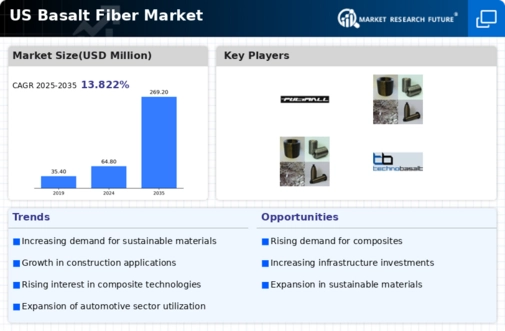
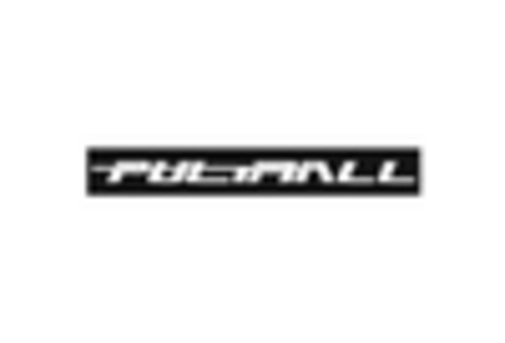
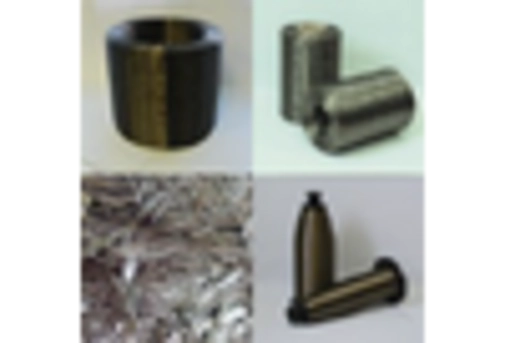
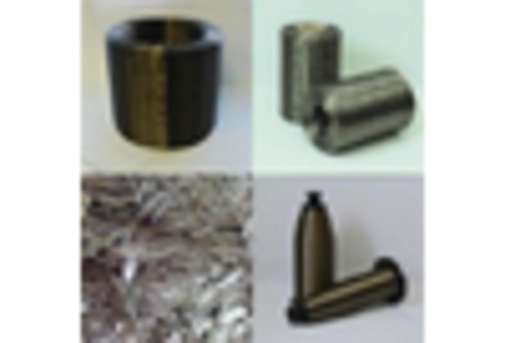
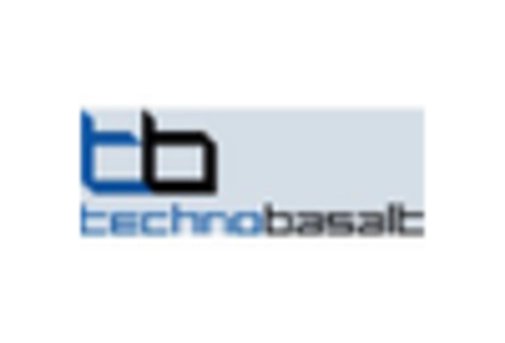








Leave a Comment